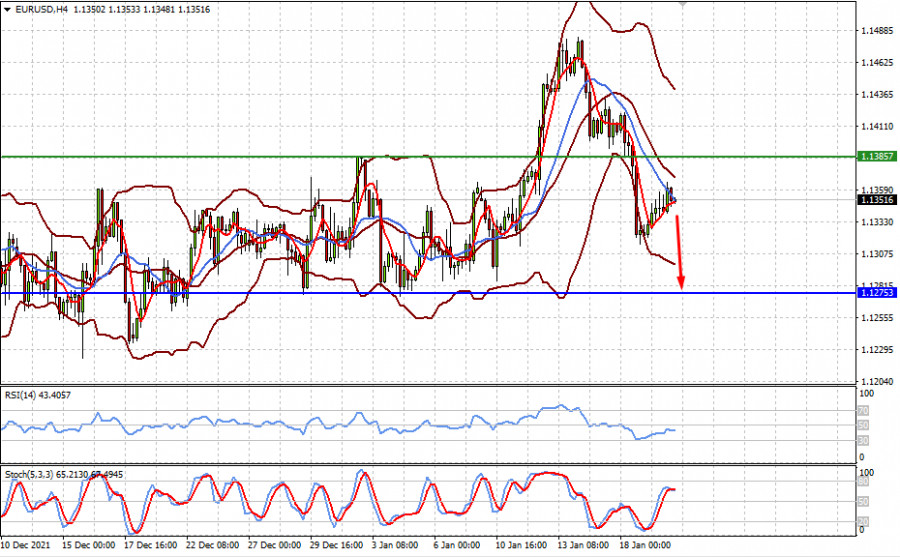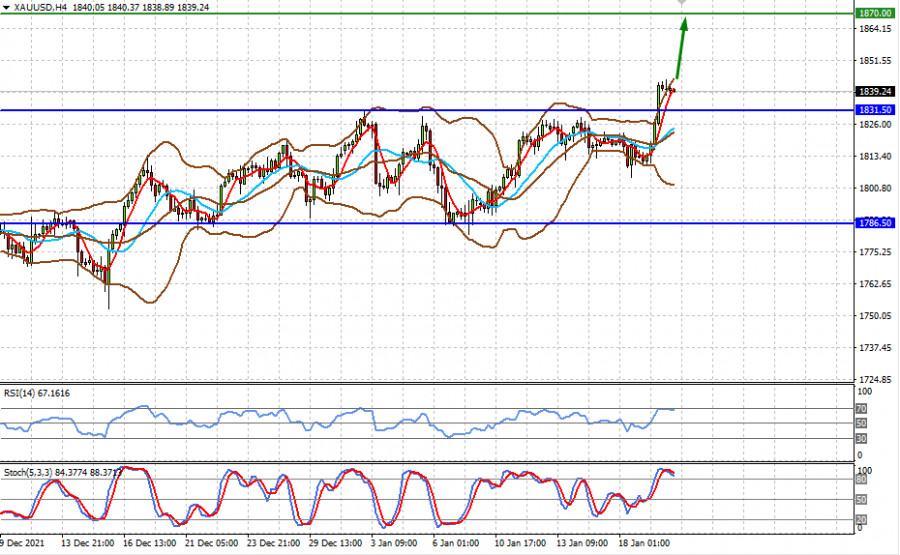
As the US stock market continues its downward correction amid expectations of the first increase in the Fed's interest rates in March 2022, the European and the Asia-Pacific market showed a rebound in the main stock indices, following the results of trading on Wednesday and this morning, as a whole.
Why is there such an unsynchronized picture in the markets?
It seems that this is due to the more restrained expectations of European and Asian investors regarding the prospects for monetary policy. It is clear that the Bank of England has already raised the key interest rate at the December meeting, and the same thing is expected from the ECB and other regulators, for example, the Australian one. But why then there is no collapse of the local stock market?
We believe that the main reason is still a certain balance in the states of the economies of these countries and the euro region, in contrast to the United States. Since the last powerful crisis of 2008-09, financial bubbles in America have largely grown amid a soft monetary policy and a significant increase in dollar liquidity. The problem has intensified even more under the influence of unprecedented stimulus measures and the scattering of "helicopter money" during the COVID-19 pandemic, which became one of the most important reasons for the sharp increase in inflation to the levels of the early 80s of the last century. This situation forces the Fed to start raising rates, which makes it unprofitable to buy shares with borrowed funds, which was previously actively used by investors.
This process comes from two sides. On the one hand, shares of companies are being sold, and on the other hand, US Treasury bonds are being sold, which causes an increase in their profitability. But interestingly, there is no strengthening of the US dollar, which seems unusual. After all, if investors believe that the Fed will raise rates, then this should increase the prospective value of the US dollar against other currencies, at least at the moment. However, this is not observed. As a result of Wednesday's trading, the dollar index even corrected to around 95.50 when US stock indices fell down.
We believe that the US dollar behaves this way due to the fact that it has already risen to a basket of major currencies on the wave of expectations of rates increase back in autumn last year. In addition, despite the collapse in the stock market, it seems that investors still have real doubts that the first rate hike will take place in March. In the previous review, it was mentioned that J. Powell's statement following the results of the Fed meeting, which will be held on January 25-26, can play an important role. We believe that if he points to the first signs of a slowdown in inflation, as the December monthly inflation figures indicated this, and express hope that it will continue to slow down, then the risk of a March rate hike will decrease significantly. In this scenario, it is clearly not worth buying the US dollar. Meanwhile, the US stock indexes are expected to show a rebound after a volatile week and a downward correction.
In our opinion, it is necessary to closely monitor the incoming economic statistics and the dynamics of Treasuries, which are currently the main leading indicator of the likely direction of movements in the markets.
Forecast for the day:
The EUR/USD pair practically froze while waiting for the publication of the EU's consumer inflation data. If they show unchanged values or even some correction, this may lead to the pair's decline to the level of 1.1275.
Spot gold broke out of the 1786.50-1831.50 range amid a sell-off in the US stock market and still existing uncertainty about the Fed's future monetary rates. A consolidation above the level of 1831.50 may stimulate its further growth to 1870.00.

